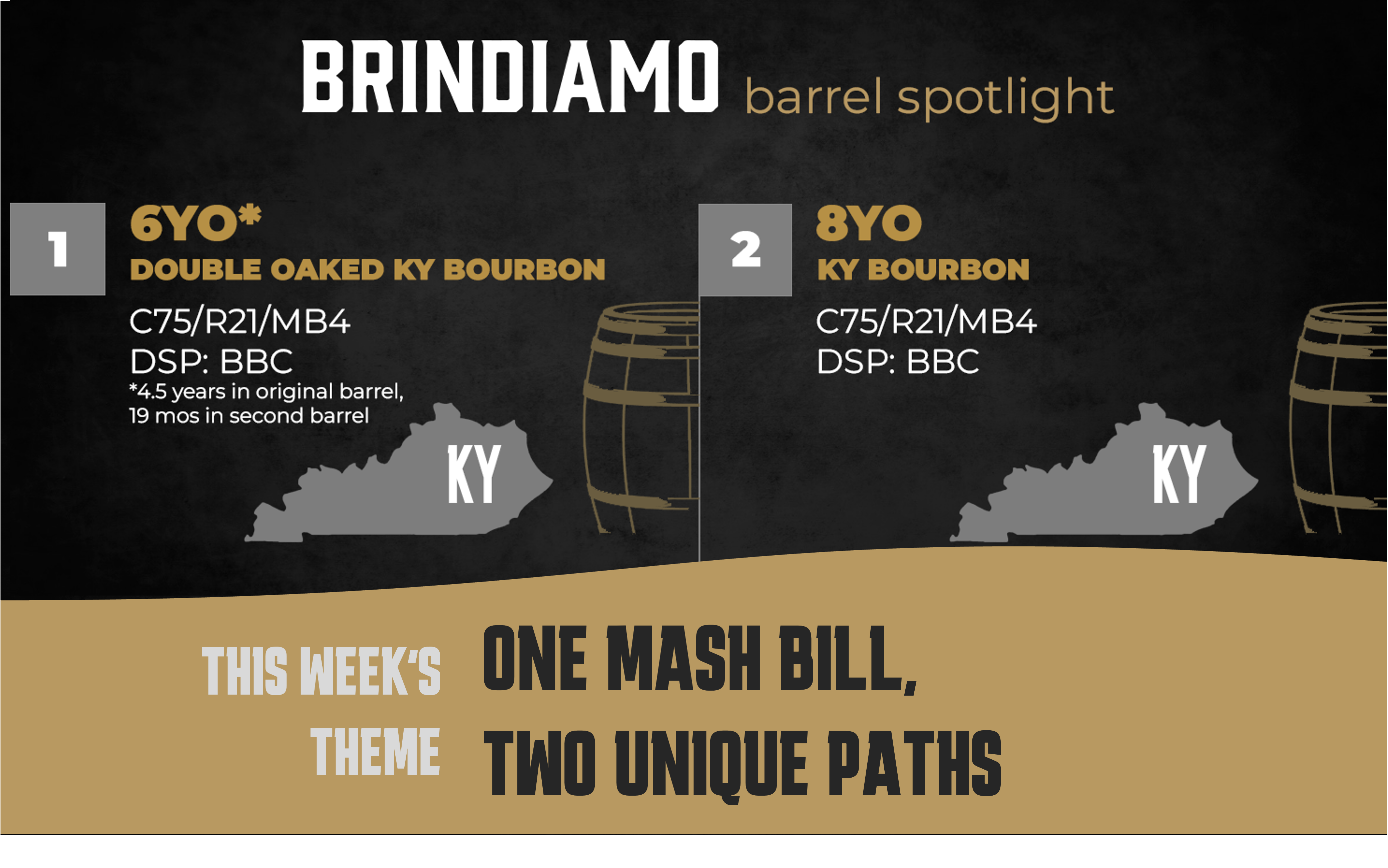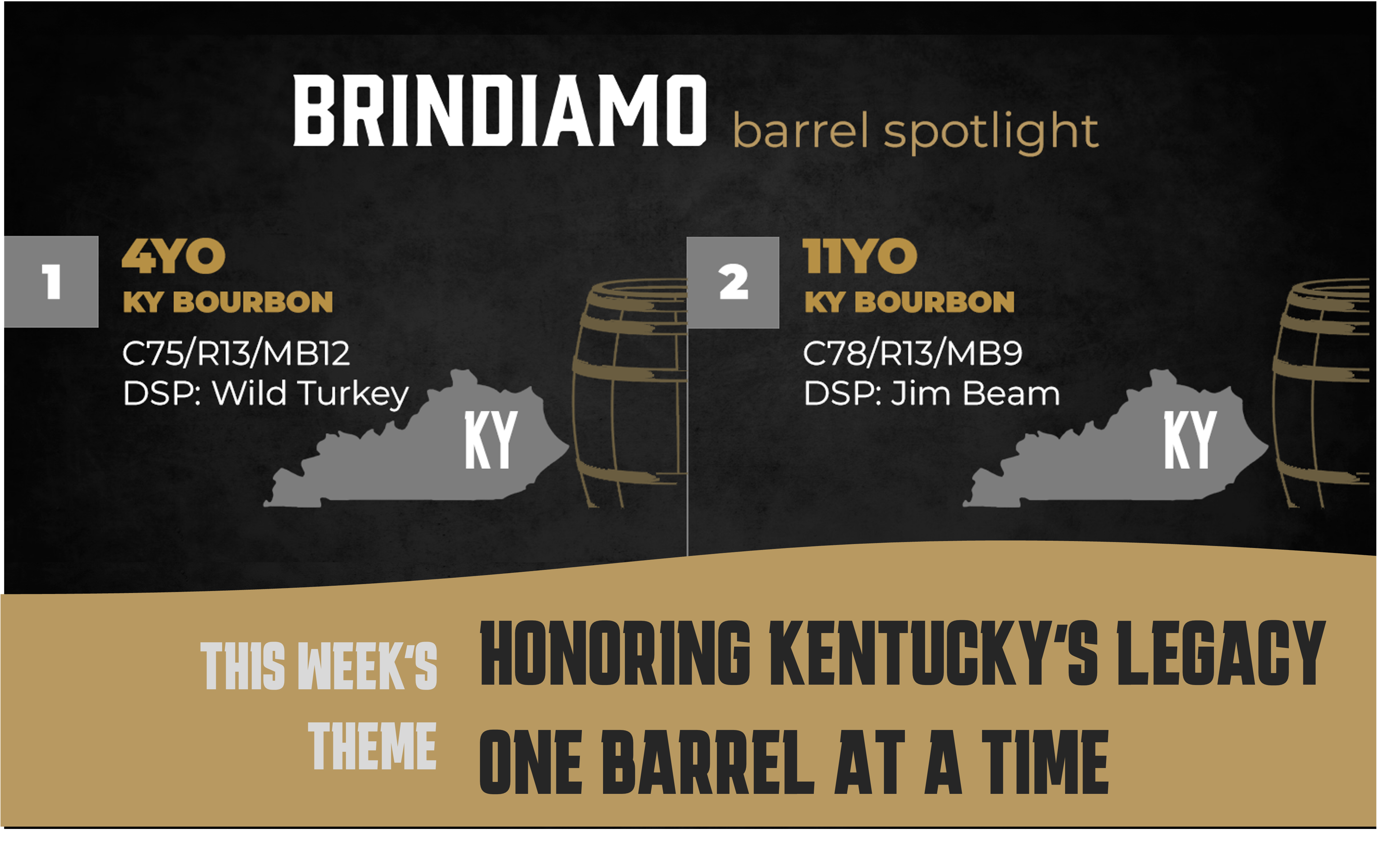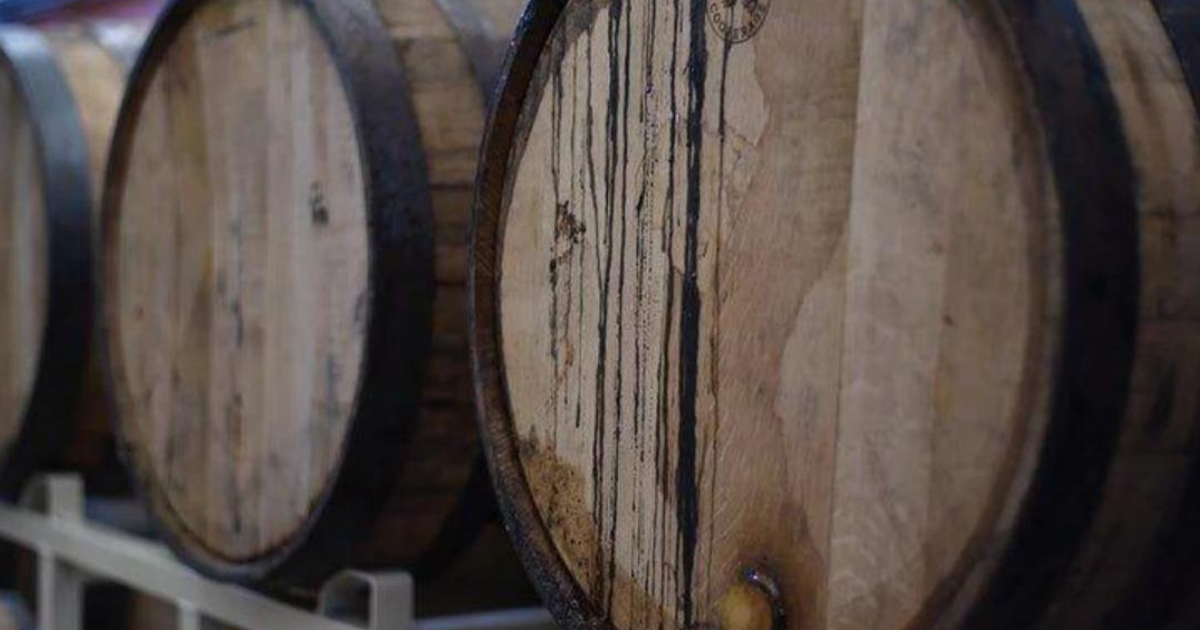Barrel Spotlight: One Mash Bill, Two Unique Paths
Welcome back to the Brindiamo Barrel Spotlight, our weekly email series highlighting the barrels, distilleries, and market dynamics shaping today’s...
2 min read
Admin : Oct 12, 2022 12:00:00 AM
.png)
If you're looking to purchase alcohol from a bar, restaurant, grocery store, or gas station, it undergoes a specific process to reach its final destination. That's why we've created this guide to explore its journey from production to sale.
Here’s a few things you should know about:
Whether you are a manufacturer, wholesaler, or retailer, Brindiamo Group can help you reach your goals! Contact us today.
In the United States, the distribution of alcohol follows the three-tier system, a set of laws that delineates the roles of producers, distributors, and retailers in the industry. Manufacturers create the products, distributors deliver them to retailers, and retailers then sell them to consumers. While the three-tier system is present in all 50 states, there are slight variations in accordance with state laws. For example, some states permit manufacturers to sell directly to consumers, while others do not. Additionally, certain states mandate wholesalers to pay taxes on all profits, with the opportunity to claim specific expenses as deductions.
Its two key benefits include:
The partnership between distributors and retailers is crucial and has been a key factor in the alcohol industry since its inception. Interestingly, this relationship played a role in the downfall of Prohibition (1920–1933); individuals were able to access alcohol through bootlegging operations or by purchasing directly from distillers and brewers. These illicit activities allowed for the production of spirits without any oversight from authorities that could have otherwise intervened.
The relationship between distributors and retailers is crucial in the alcohol industry. Retailers rely on distributors for a consistent supply of products, while distributors depend on retailers for sales. Retailers serve as the final link in the supply chain, allowing consumers to purchase alcohol from various outlets such as grocery stores, gas stations, convenience stores, liquor retailers, bars, or restaurants, depending on their age and local state laws.
The COVID pandemic has significantly changed the alcohol industry in the past two years as consumers purchased more alcohol, which led to an increase in distribution to keep up with the increase in demand. According to a report by the Wine & Spirits Wholesalers of America, brewers shipped an estimated 208 million barrels in 2021, which is the highest volume in the past decade. They also found that the industry is starting to recover and should normalize by the end of 2022.
Eager to make your bourbon dreams a reality? Look no further than Brindiamo Group.
From new businesses to established spirit brands, our team is here to support you in every aspect of development to help you achieve success.
Ready to get started? Contact us today to learn more.

Welcome back to the Brindiamo Barrel Spotlight, our weekly email series highlighting the barrels, distilleries, and market dynamics shaping today’s...

The market for bourbon barrels is bifurcated. Over the course of the last 24 months, the conversation has shifted from how to find whiskey to how to...

Welcome to the Brindiamo Barrel Spotlight, our weekly series celebrating the barrels, distilleries, and market dynamics shaping today’s whiskey...

When you sip a glass of whiskey, you're not just tasting a spirit aged in oak barrels—you're experiencing the agricultural story of the grains that...

The distillery industry is thriving, offering numerous opportunities for profitable investments. Each year sees several successful acquisitions, with...

Running a thriving business in the spirits industry requires careful attention to a variety of factors. Each aspect of your business should be...
Join the conversation
Leave a comment below.